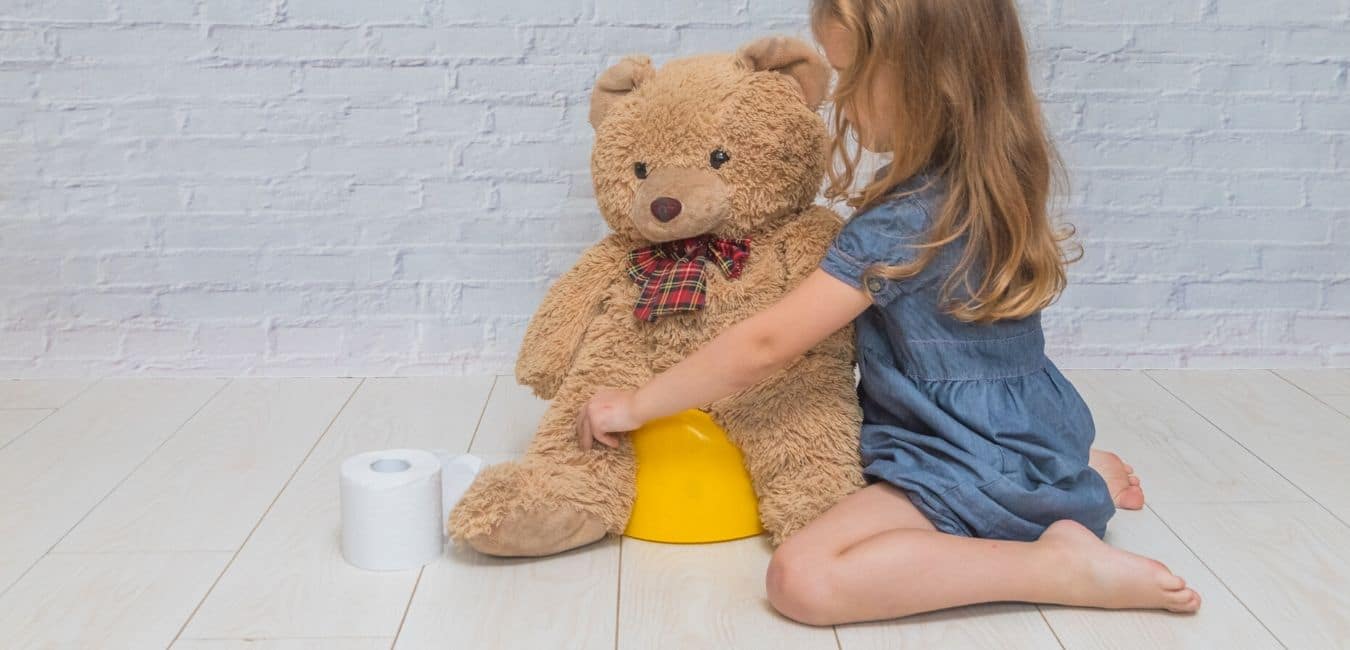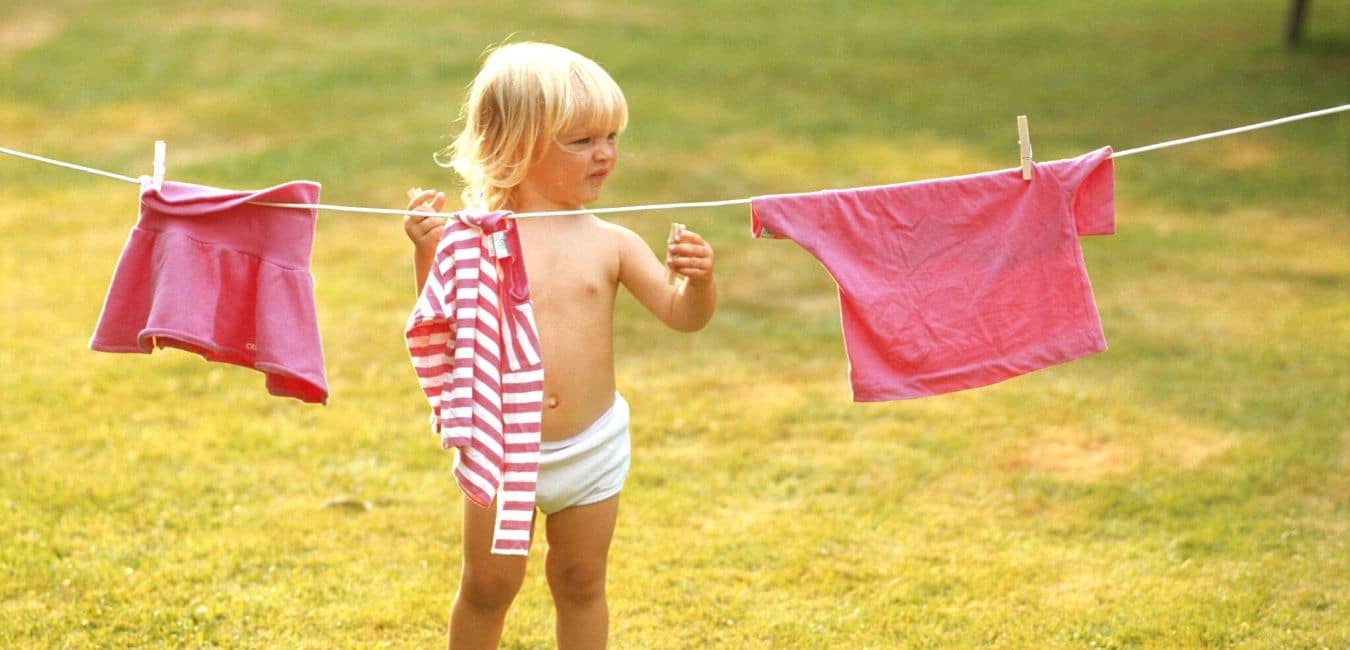Learning to use the potty and to stop relying on nappies is a big milestone in your child’s development. It’s a time when your child can feel immensely proud of themselves and boost their self-esteem by achieving a goal. However, it can also be a scary and challenging time for them. Something that they’re so used to – the convenience of their nappy – is going to be taken away and they need to adjust to a whole new way of life. Added pressure from a parent can leave your child feeling stressed and anxious at the thought of going to the toilet. It’s always best to approach potty training calmly with love, understanding and communication.
Don’t force a schedule
Just because some children want to ditch their nappies at 18 months old, doesn’t mean you should expect your child to do the same. There’s no specific recommended age for potty training because every child is different. Every child eventually gets the urge to stop wearing their pull-ups.
When they do want to venture toward the potty, be patient. Many potty training books will boast super-quick time frames like “Potty Training in One Week” and “Potty Training in 3 Days” and while the information may be valuable, don’t stress if your child isn’t following the author’s schedule. Don’t allow a book title to put pressure on you, or your child!
Introduce the idea
There are so many great children’s books about learning to use the potty which help your child to see the potty or toilet as their new normal. Try talking to your child about going to the bathroom. Teach them how to wash their hands properly, how to use toilet paper and how to flush the toilet. These conversations will give your child confidence in the bathroom while opening up a dialogue around the topic. You can also try playing games inspired by potty training, such as teaching their teddy bear to use the potty, this creates a fun atmosphere around their potty training journey.

Wait until they’re ready
Waiting for your child to be ready will save a lot of heartache for both you and them. Trying to potty train before they’re ready can cause them to become nervous around the topic and reluctant to the idea of using the big kid toilet.
How to know if your child is ready for potty training:
- They stay dry for more than 2 hours at a time
- They hate the feeling of wearing a soiled or wet nappy
- They tell you when they are going/have gone in their nappy
- They show interest in the toilet, wanting to try sitting on it etc.
- They show interest in big kid undies
- They’re able to sit still for more than a few minutes at a time
- They’re able to remove and pull on items of their own clothing
- They understand simple instructions
- They’re able to communicate their need to use the potty
- They enjoy and take pride in new accomplishments
Be ready for accidents
At first, using the potty is a fun achievement for your child. They’re delighted to be going to the bathroom like a big kid. However, after a few weeks, the novelty really wears off. They start to realise it’s not so fun having to stop whatever they’re doing and go to the potty. They may think “I’m having a lot of fun so I’ll just pee here”, except they haven’t worn a nappy in weeks and now there’s pee everywhere. Be ready for accidents, they will happen. Just clean up and move on. Don’t make your child feel guilty about accidents, this will just increase their anxiety around the topic.
Choose a time
It will be easier on you and your child to tackle potty training in the low-pressure environment of your home. Being outside your home invites distraction, then distractions lead to more accidents – and accidents in public areas are much more stressful for everyone.
Summer is a good time to potty train as your children spend more time outside and wearing less clothing. If your child is wearing multiple layers of clothing they may find it more difficult to remove their clothes to use the potty.
It’s also easier to wash and dry your increased loads of laundry during the summer. If you notice your neighbour’s washing line is consistently full of tiny pants and bottoms, you can be sure they’re potty training!

Going to bed without nappies
It’s recommended to begin night-time training when your child wakes up every day with a dry nappy for 3-4 weeks. Before trying, make sure to use a waterproof protector on their mattress.
Organise spare sheets and clean pyjamas somewhere easily accessible in case of accidents during the night. Prepare for accidents so that you can deal with them in the most stress-free manner. If you appear stressed about your child’s bed-wetting then they will feel nervous, making them more likely to wet the bed in the future.
Remember – many children wet the bed up to age 7. This is because their bladders are very small and may not easily hold 10-12 hours worth of urine. They also have less muscle control than adults and sleep more deeply.
Don’t stress
If things get too stressful, don’t push the issue. Potty training can be a fun and easy experience for your child which will set them up for a healthy association with the toilet. Some children might just need a few more months in their pull-ups. The potty will be in the back of their mind and they’ll let you know when they would like to revisit it.







